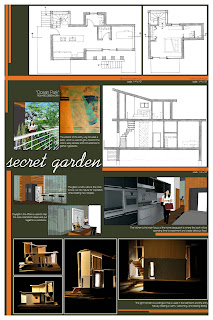The Webster Hall on WSU campus, Pullman, WA has an exhibit that no one hardly stops to take a look at it. My team and I wanted to improve and enhance the experience of the exhibit for everyone. Our focus was to engage the visitors through interactive and hands on activities, along with adding colors and fun fonts to attract attention.
PHASE ONE: My team observed the circulation paths by the students, staffs and visitors in Webster Hall. We found out that many people just go in and out of the building without stopping to take a look at the museum.
FLOOR PLAN: We moved a few of the existing interactive and plants around. Benches were added to allow more seating for visitors.
CASE MOCK UPS: We researched information about the Big Bang, the Rock Cycle, the Water Cycle, Land and Sea, Environmental Hazards, Palouse Geology, and the WSU Specialties. We measured the cases in Webster Hall and designed posters to cover each case. While my team members did the research, I designed the mock up posters. The fun fonts and colors create a fun learning environment.
Posters by: Emily Van Dyke
PHASE TWO: We recreated labels for the existing physics interactive by reducing the instructions and changing the color and graphics to the same style as the case mock ups. We also added more engagement activities.
Poster By: Emily Van Dyke
This project was a challenge for working with a big team of nine people. I feel that we did a great job as a team because everything turned out well.
Mock Ups by: Nkojoua Yang
Here is a preview of the case mock ups I designed. Each poster was 4'x7'. I learned a lot about graphic designing in this project. One of the most important things I learned was to divide up writing portions into columns so that the reader could read easily without getting lost. The images and information were given to me by my team members so some of the graphics are not that clear. The most challenging part during the process of putting the posters together were the negative space. I couldn't fill up most of the page because it would be too hard to read if the font sizes were too big and the graphics would become blurry. Overall, this project was a success.














